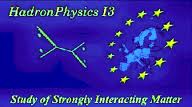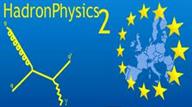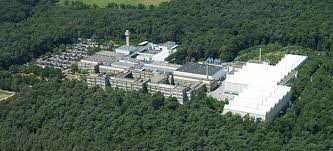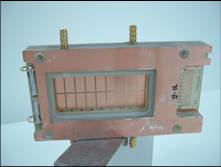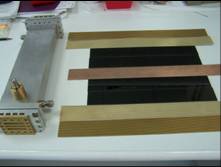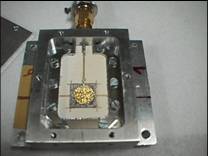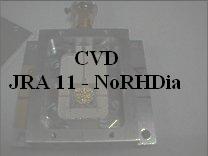



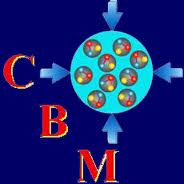


Sixth Framework Programme (FP6)
European Community Integrated Infrastructure Initiative for Hadron Physics
"Study of strongly interacting matter"
European Community Integrated Infrastructure Initiative for Hadron Physics
"Study of strongly interacting matter"
The Hadron Physics I3 involves an impressivelly large community of more than 2000 researches employed at about 130 Institutes all across Europe and all major particle accelerator facilities and computing centers in Europe.The Project promotes the access to nine European Research Infrastructures and covers seven Networking Activities and twelve Joint Research Activities (JRA).
The Joint Research Activities concentrates on technological innovations for present and future experiments at the participating RIs.
The Joint Research Activities concentrates on technological innovations for present and future experiments at the participating RIs.
Seventh Framework Programme (FP7)
European Community Integrated Infrastructure Initiative for Hadron Physics
"Study of strongly interacting matter"
European Community Integrated Infrastructure Initiative for Hadron Physics
"Study of strongly interacting matter"

The project "Study of strongly interacting matter" (acronym Hadron Physics) is a European Community Integrated Infrastructure Initiantive (I3) of the Sixth Framework Programme (FP6).


The Project represents the continuation of the successful HadronPhysics project in FP6 and originates from the initiative of more than 2.500 European scientists working in the field of hadron physics. Hadron physics deals with the study of strongly interacting particles, the hadrons. Hadrons are composed of quarks and gluons. Their interaction is described by Quantum Chromo Dynamics, the theory of the strong force. Hadrons form more complex systems, in particular atomic. Under extreme conditions of pressure and temperature, hadrons may loose their identity and dissolve into a new state of matter similar to the primordial matter of the early Universe. The Networking Activities are related to the organization of experimental and theoretical collaborative work concerning both ongoing activities at present Research Infrastructures and planned experiments at future facilities. In hadron physics the close interaction between experimentalists and theoreticians is of paramount importance. The Joint Research Activities concentrate on technological innovations for present and future experiments. Applications in material science, medicine, information, technology, etc., represent natural fall-outs. The main objective of this Integrating Activity is to optimize the use and development of the Research Infrastructures existing in Europe working in the field of hadron physics. The Project aims as well at structuring, on European scale, the way Research Infrastructures operate, and at fostering their joint development in terms of capacity and performance. The approach used is the "bottom up" approach, to respond to the needs of the scientific community in all fields of science and technology.
The Project promotes the access to five European Research Infrastructures, and it is structured into eight Networking Activities, plus the Management of the Consortium, and fourteen Joint Research Activities.
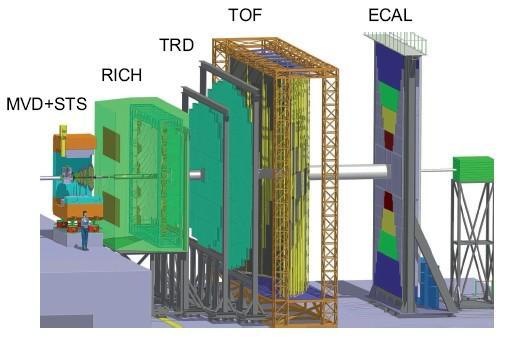
Forefront experiments in nuclear physics require innovative instrumentation. Therefore, better performing accelerators, detectors, data acquistion, and the associated highly sophisticated electronics are of continous demand. The foreseen solution for large area, high-granularity RPCs (TOF) and two-dimensional position sensitive TRDs with the associated FEE for high counting rate environment will provide a solution for the next generation experiments i.e. those planned for experiments at FAIR-Darmstadt or for upgrade at high luminosity LHC.

Contribution to CBM Experiment @ FAIR
Hadron Physics Department - IFIN-HH
